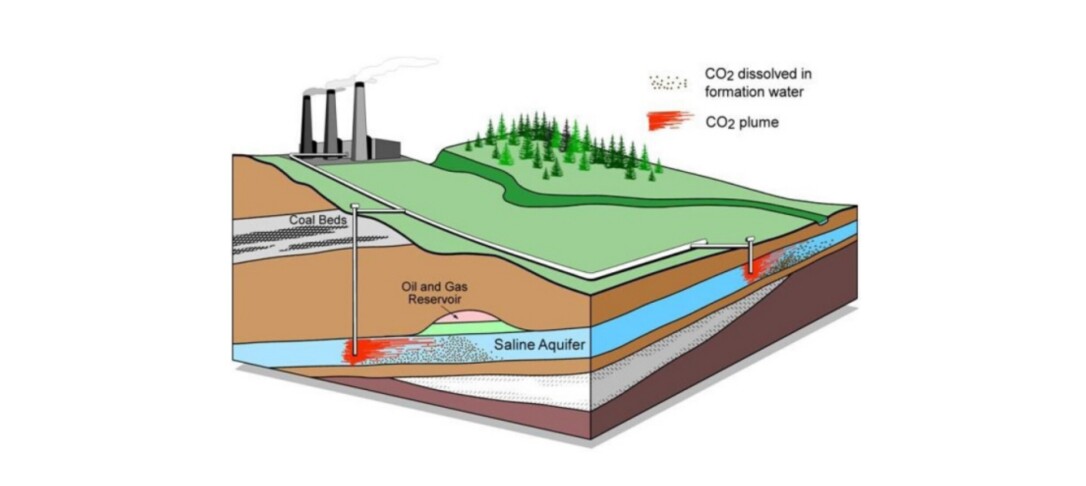
Professor Sam Krevor will deliver the ESE Departmental Seminar on Thursday the 14th of November 2024: “The growth of subsurface CO2 storage to climate relevant scales.”
Join us in room G41 – RSM Building – on Thursday 14 November 2024 at 12h15.
Abstract
The IPCC Sixth Assessment Report (AR6) compiles projections of climate change mitigation making use of subsurface carbon storage at rates of 1 – 30 GtCO2 yr-1 by 2050. In this presentation I will discuss work in which we are analysing the feasibility of scaling up geological CO2 storage resource use to scales and with the geographical distribution shown in these techno-economic models. There are a number of models and sources of data potentially useful in identifying realistic scaleup trajectories, from physics based models of reservoir injectivity to empirical models based on historical oil and gas field development. I present here our global analyses of scaleup limited by reservoir pressurisation (injectivity) and constraints on sustained annual growth in the deployment of projects. Gigatonne scale CO2 storage appears feasible, however the growth trajectories and geographical distribution are distinct from the majority of projections generated by leading integrated assessment models. In particular, storage rates in 2050 will almost certainly be less than 6 Gt yr-1, with far less deployment in China, South Korea, and Indonesia than currently projected. Rigorous data on current CO2 storage rates also emerges as a data gap which will become particularly important in the coming decade during which rapid scaleup is planned. I argue for both a standardised reporting of current carbon capture and storage activity and an inclusion of multi-decadal constraints in growth modelling and physics-based constraints in the projection of future scaleup in CO2 storage
About the speaker
 Sam Krevor is Professor of Subsurface Carbon Storage in the Department of Earth Science & Engineering at Imperial College London. He leads the Subsurface CO2 Research group which investigates the physical processes of subsurface flow and chemical reactions in application to
Sam Krevor is Professor of Subsurface Carbon Storage in the Department of Earth Science & Engineering at Imperial College London. He leads the Subsurface CO2 Research group which investigates the physical processes of subsurface flow and chemical reactions in application to
CO2 storage. He is a Senior Research Fellow of the Royal Academy of Engineering and the Editor in Chief of the International Journal of Greenhouse Gas Control.